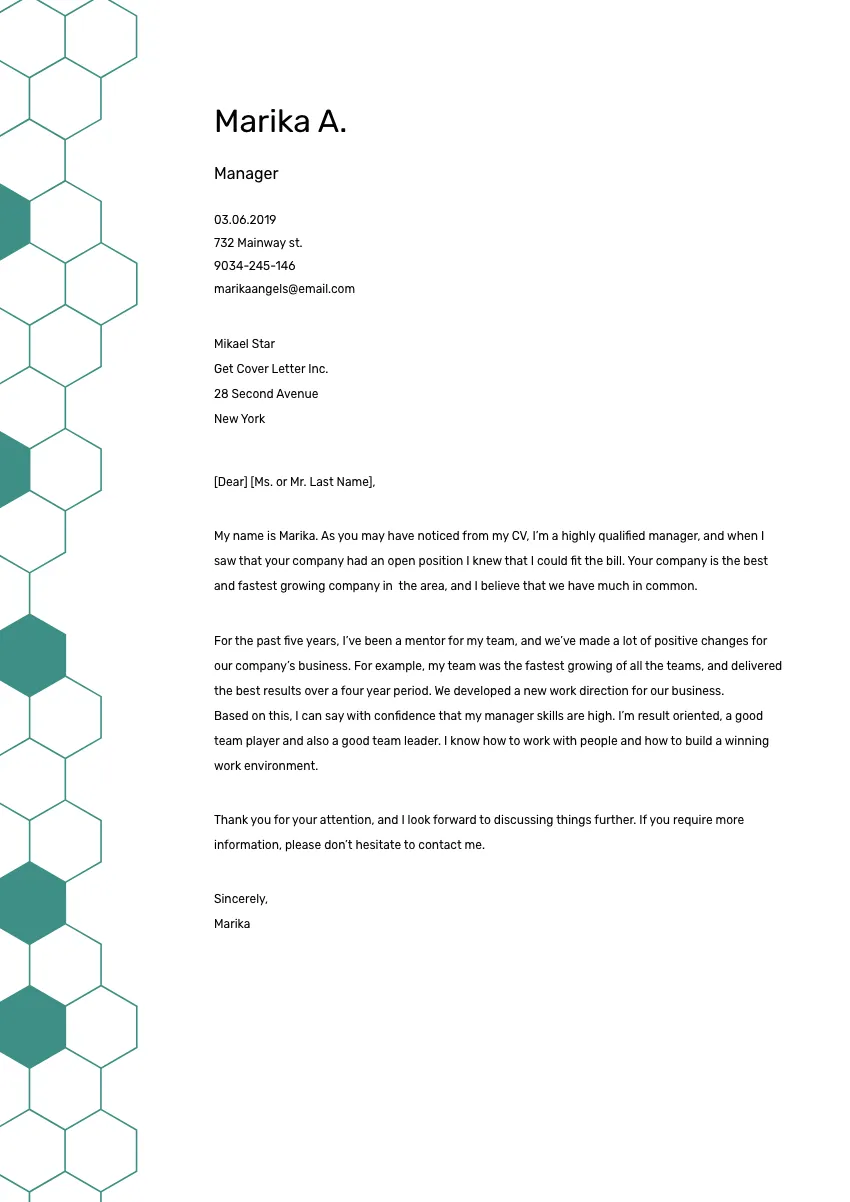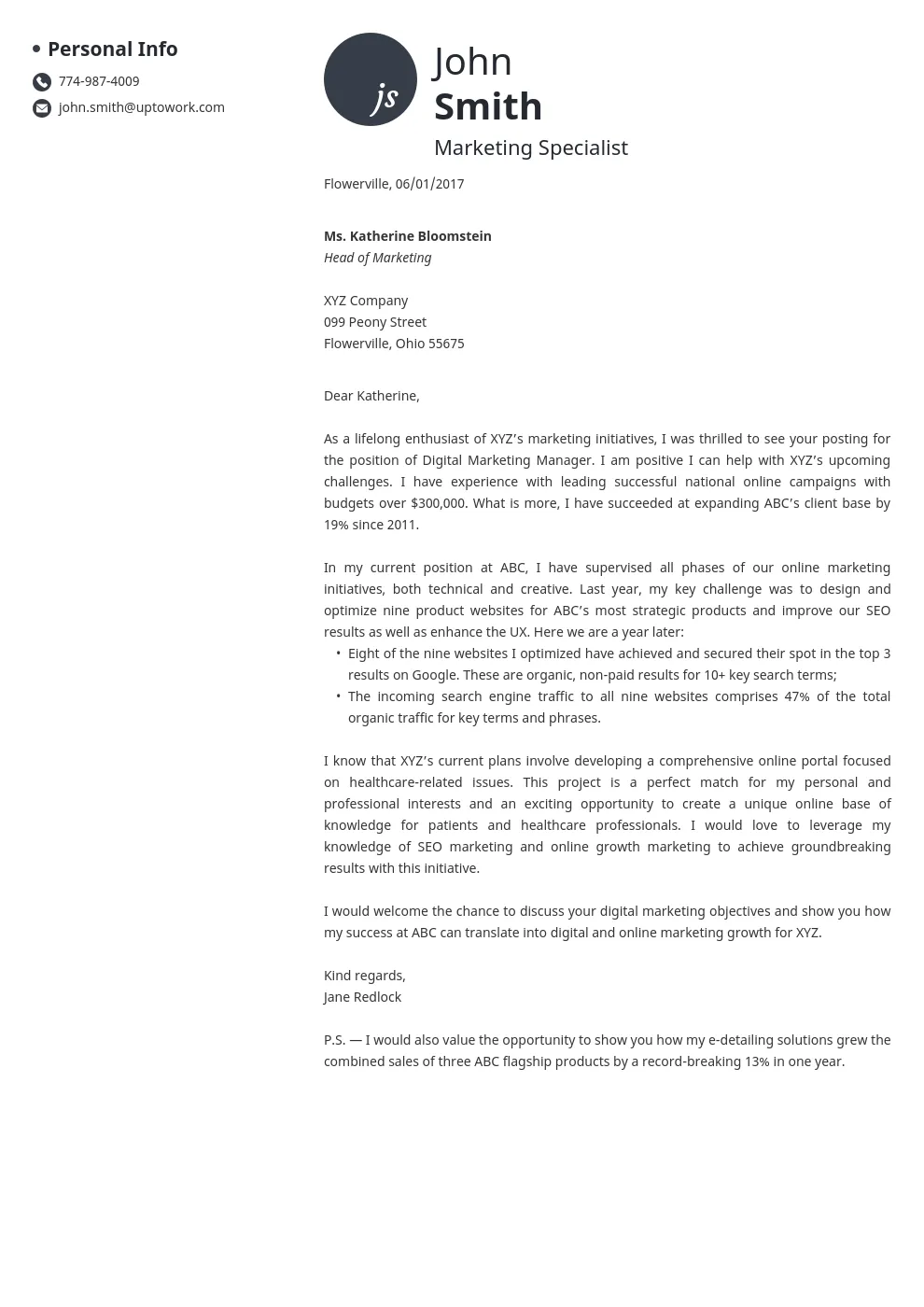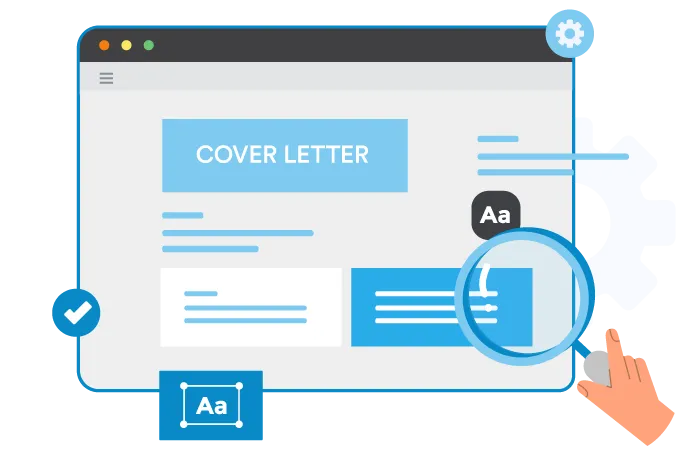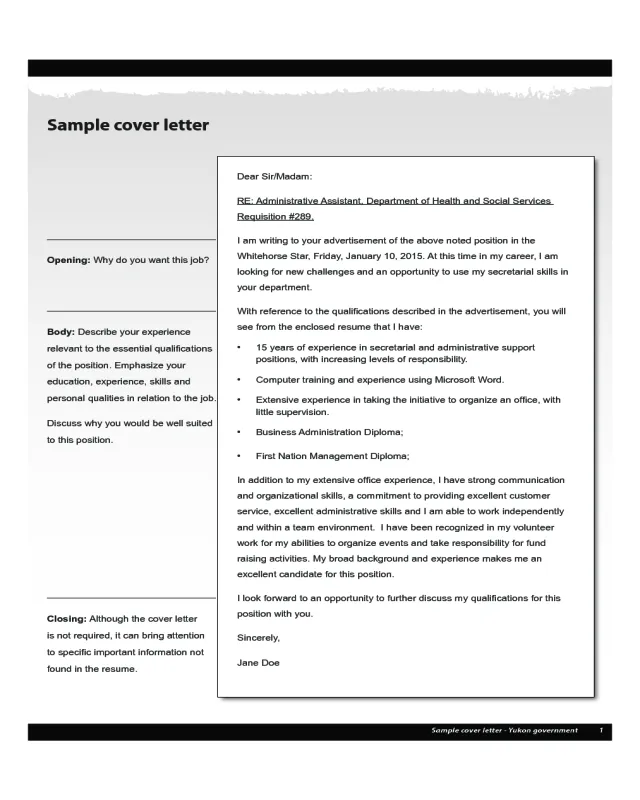Cover Letter Perfection Top 5 Fixes
A cover letter is your first impression on a potential employer. It’s your chance to showcase your skills, experience, and personality, and to make a compelling case for why you’re the perfect fit for the job. However, many job seekers undermine their chances by overlooking critical details. This guide provides the top 5 fixes to transform your cover letter from mediocre to magnetic, increasing your chances of landing an interview. By focusing on these key areas, you can create a cover letter that not only grabs attention but also effectively communicates your value to the prospective employer.
Fix 1 Formatting and Presentation
The visual appeal of your cover letter is just as important as the content. A well-formatted letter demonstrates professionalism and attention to detail. Poor formatting can be a major turnoff, signaling a lack of care. Ensure that your letter has clean lines, appropriate margins (1 inch on all sides is standard), and a professional font like Times New Roman, Arial, or Calibri in a readable size (11 or 12 points). Use consistent formatting throughout the document, including headers, spacing, and bullet points if applicable. The overall goal is to create a visually appealing and easily digestible document. An organized letter makes it easy for the hiring manager to find the information they need quickly, which in turn, reflects positively on you.
Ensuring Professional Appearance

Choose a professional font that is easy to read. Avoid overly stylized or decorative fonts. Maintain consistent font size and style throughout the document. Use clear and concise language. Avoid using slang or informal language. Keep the tone professional and respectful. Proofread carefully to avoid typos and grammatical errors. Consider using a simple, clean layout with ample white space to make the letter visually appealing. Ensure the formatting is consistent with your resume; this presents a cohesive professional image of your candidacy. This consistency speaks volumes about your attention to detail and your commitment to professionalism, which is critical for securing your dream job.
Avoiding Common Formatting Errors
Common formatting mistakes can instantly diminish your credibility. Avoid using excessive bolding, underlining, or italics; instead, use these sparingly to emphasize key points. Ensure consistent spacing between paragraphs and sections. Double-check that your contact information is correctly aligned and easily accessible. Avoid stretching or compressing the text to fit the page, which can make the document look unprofessional. Use correct margins and avoid text running to the edges of the page. Ensure the letter is properly aligned (left-aligned is usually the best choice). Make sure that bullet points (if used) are aligned and consistent. By eliminating these common errors, you’ll present a polished and professional image, vastly improving your chances of success.
Fix 2 Addressing the Recipient
Generic cover letters addressed to “Dear Sir/Madam” or “To Whom It May Concern” are a major turn-off. Taking the time to find the hiring manager’s name demonstrates initiative and genuine interest in the role. This personalized approach immediately sets you apart from the hundreds of generic applications. Researching the recipient shows that you care and that you are willing to go the extra mile to get the job, proving your enthusiasm and dedication. Addressing the hiring manager by name makes your letter more personal and shows that you’ve invested time into your application.
Researching the Hiring Manager

Use LinkedIn, the company website, or other online resources to find the hiring manager’s name and title. If you can’t find the hiring manager’s name, try to find the recruiter or the person in charge of the hiring process. If you still can’t find a specific name, you can use a more specific salutation than “To Whom It May Concern” - for example, “Dear Hiring Team”. Knowing the hiring manager’s name allows you to tailor your letter and make a better first impression. A personal approach shows you have taken the initiative to get to know the company and the people who work there.
Using Proper Salutations
Use formal salutations, such as “Dear Mr./Ms./Dr. [Last Name]” if you know the hiring manager’s name. If you are unsure of their preferred title, use “Dear [First Name] [Last Name]” or “Dear [Mr./Ms./Mx. Last Name]” to be respectful. If you don’t know the name, a more specific salutation like “Dear Hiring Manager” or “Dear [Department Name] Team” is better than a generic one. Ensure you use the correct spelling of the name and the correct title. Double-check that the salutation matches the tone and formality of the cover letter. Always address the person properly; this creates a positive first impression, and it communicates respect and professionalism.
Fix 3 Highlighting Relevant Skills and Experience
Your cover letter is your opportunity to connect your skills and experiences directly to the job requirements. Instead of simply restating your resume, focus on specific accomplishments and how they align with the job description. Use the job description as your guide, identify the key skills and qualifications the employer is seeking, and provide concrete examples of how you have demonstrated these skills in previous roles. This focused approach proves you are a good fit for the position, and it helps the hiring manager visualize you succeeding in the role. Highlighting skills and experience can increase your chances of getting an interview, and it shows that you understand what the employer is looking for.
Tailoring Your Letter to the Job Description

Carefully review the job description and identify the key requirements. Use keywords and phrases from the job description in your cover letter. Provide specific examples of how your skills and experiences match the requirements. Don’t just list your skills; demonstrate them with concrete examples from your past. Explain how your past accomplishments have benefited previous employers. Make sure that each section of your cover letter aligns with what the employer wants and needs. This shows that you understand the company’s needs and that you can deliver the required results.
Quantifying Achievements
Whenever possible, quantify your achievements. Use numbers and data to demonstrate the impact of your contributions. For example, instead of saying “Managed social media accounts”, say “Increased social media engagement by 30% in six months.” Showcasing your achievements in numbers provides concrete evidence of your accomplishments. Use metrics to show how you have contributed to your previous companies. Provide data that supports your statements and clearly shows what you’ve achieved in prior roles. Quantifying your achievements helps the hiring manager understand your impact and value.
Fix 4 Proofreading and Editing
Typos, grammatical errors, and awkward phrasing can undermine your credibility and signal a lack of attention to detail. Before you submit your cover letter, carefully proofread it multiple times. Ask a friend, family member, or career advisor to review it as well. A fresh pair of eyes can often catch mistakes that you might miss. The final proofreading stage is a crucial step to ensure your document is ready for submission. Proofreading ensures your letter is professional, and it greatly increases your chances of getting your application noticed.
Checking for Grammatical Errors

Carefully review your cover letter for any grammatical errors. Check for subject-verb agreement, correct tense usage, and proper punctuation. Use a grammar checker tool, such as Grammarly or ProWritingAid, to help identify potential errors. Even the most polished writers can overlook simple errors. Pay close attention to detail during proofreading and ensure that your sentences are clear and correct. Ensure your grammar is spotless, showcasing your professionalism and attention to detail, which significantly impacts the overall impression you make on the hiring manager.
Verifying Clarity and Conciseness
Ensure your cover letter is easy to read and understand. Use concise language and avoid jargon or overly complex sentences. Remove any unnecessary words or phrases. Make sure the tone of your letter is clear and professional. Ensure that your letter is the right length; ideally, cover letters should be one page long. A well-written, concise cover letter conveys your message quickly and makes a good impression on the hiring manager. Edit your letter carefully to make sure your points are clearly stated and your message is focused. Clarity and conciseness show your respect for the reader’s time, and they show you can communicate effectively.
Fix 5 Call to Action and Closing
Your cover letter should conclude with a clear call to action, such as requesting an interview. Express your enthusiasm for the opportunity and reiterate your interest in the role. Provide your contact information, including your phone number and email address. Make it easy for the hiring manager to reach out to you. A strong call to action leaves the reader with a clear next step. A well-crafted closing reinforces your interest and makes a strong final impression.
Expressing Enthusiasm for the Opportunity

In your closing paragraph, express your excitement about the opportunity and the company. Mention something specific that you like about the company or the role. Show the hiring manager that you are genuinely interested in the position. Reiterate your interest in the role. Express enthusiasm and a desire to contribute. This enthusiasm will highlight your passion for the job and leave a lasting positive impression. A positive and engaging close can increase your chances of getting an interview and showing your employer your interest.
Providing Contact Information
Ensure that your contact information is up-to-date and easily accessible. Include your phone number and email address. Double-check that the information is correct and that you check your email frequently. Also, it is useful to add your LinkedIn profile URL, as this allows recruiters to learn more about you. Make sure your contact information is clear and easy to read. Providing comprehensive and accurate contact information ensures the hiring manager can quickly reach you. This detail shows your attention to detail and your respect for the hiring manager’s time. Having correct contact information is a small step that can make a big difference.
